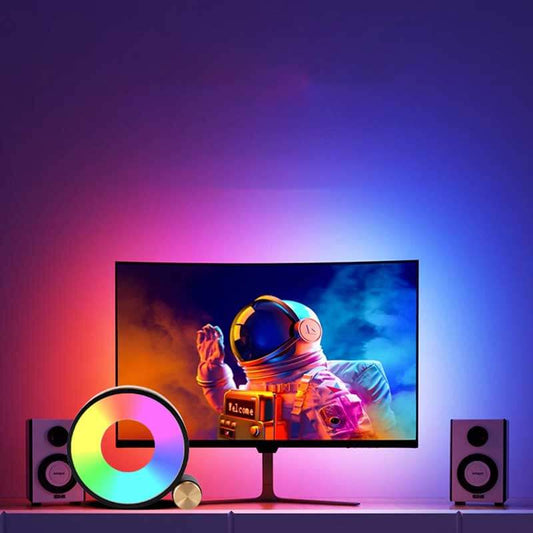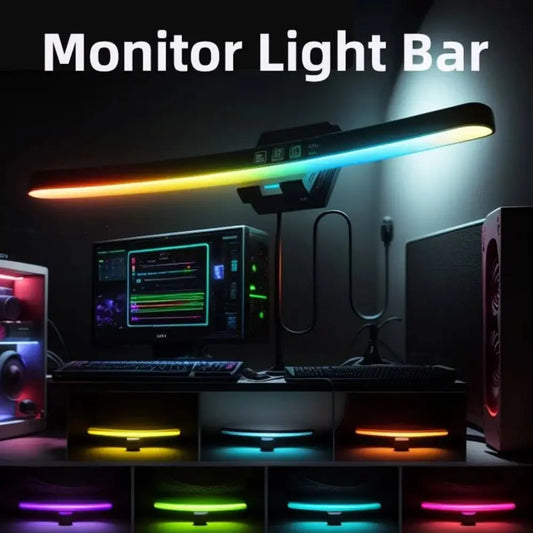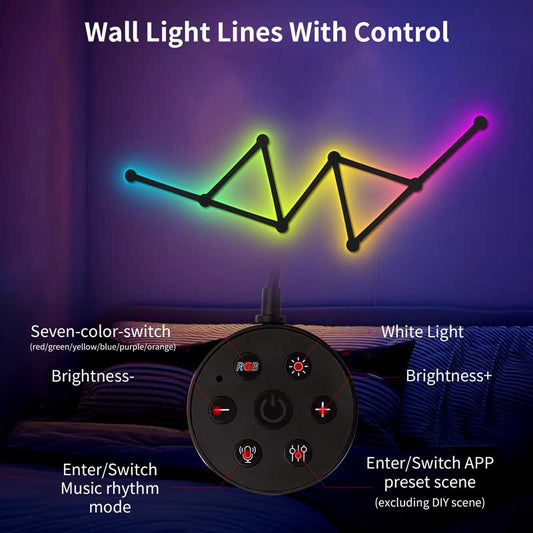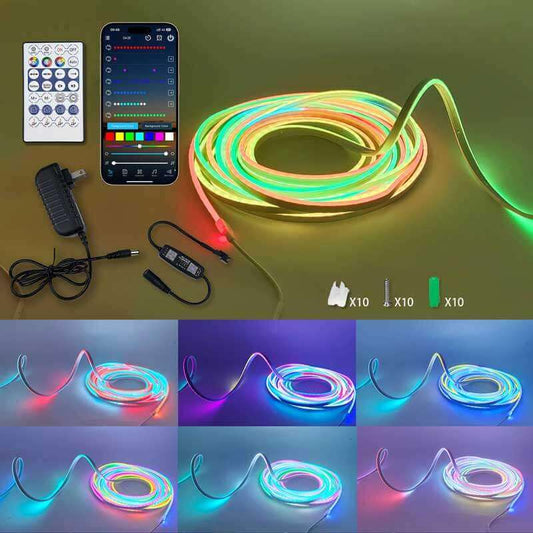Does a projector look better on screen or wall?
Share
The appearance of a projector's image can vary depending on whether it is projected onto a screen or a wall. Here are some considerations for each option:
Projecting onto a Screen:
-
Image Quality: Projecting onto a high-quality projector screen typically results in better image quality compared to a wall. Projection screens are designed to reflect light evenly and enhance color accuracy, contrast, and brightness.
-
Smooth Surface: Screens provide a smooth and flat surface for the projector to display images, reducing distortions and ensuring a sharper image overall.
-
Portability: Screens are often lightweight and portable, making them easy to set up and move around if needed.
-
Adjustable Size: Projection screens come in various sizes, allowing you to choose the optimal screen size for your viewing area.
Projecting onto a Wall:
-
Convenience: Projecting onto a wall can be convenient if you do not have a screen available. It is a quick and easy way to set up a projection system.
-
Texture and Color: The texture and color of the wall can impact the image quality. A smooth, light-colored wall will generally provide better image quality compared to a textured or dark-colored wall.
-
Size Limitation: The size of the wall may limit the maximum image size you can project, whereas screens offer a wider range of sizes.
-
Image Quality: Walls may not reflect light as evenly as screens, leading to potential color variations, reduced brightness, and less contrast in the projected image.
In general, if image quality is a priority and you want the best viewing experience, using a high-quality projector screen is recommended. However, projecting onto a wall can be a convenient and cost-effective solution for casual viewing or temporary setups. If using a wall, ensure it is smooth, light-colored, and free from distractions to optimize the viewing experience.




